July and August are most definitely the busiest times for travel in Spain and when many workers decide to take their annual holiday.
During this time, Spain’s main beaches and even its smaller lesser-known ones get very packed and often it’s hard to find a place to lay your towel.
But there are other places to cool down during the summer heatwaves, where you’ll find fewer crowds, as well as breezy air. Here are Spain’s best lakes, where you can escape the crowded coasts.
READ ALSO: Where are Spain’s Blue Flag beaches?
Banyoles, Catalonia
If you’re in Catalonia, then Lake Banyoles is the place to go. Located next to the town of the same name, just north of the city of Girona, its bluey-green waters perfectly reflect the mountains and forests that surround it. There is a hiking route that takes you around the whole lake, as well a couple of dedicated swimming spots, which are roped off from the rest of the lake. Swimming along with the ducks in the cool water is quite a bizarre experience. Row boats for hire also allow you to explore further.
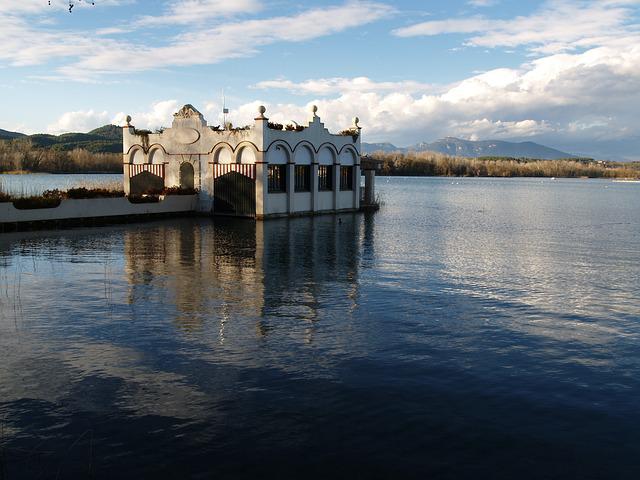
L’Albufera, Valencia
Head just slightly inland from Valencia’s beaches and you’ll find L’Albufera, a huge natural lagoon, known to be the birthplace of paella. Surrounded by rice fields, where some of Spain’s best rice is grown, it’s best explored by boat. You can also discover it on foot or by bike via the many paths crisscrossing the natural park of the same name. Be sure to make a stop at the village of El Palmar for some authentic Valencian paella.
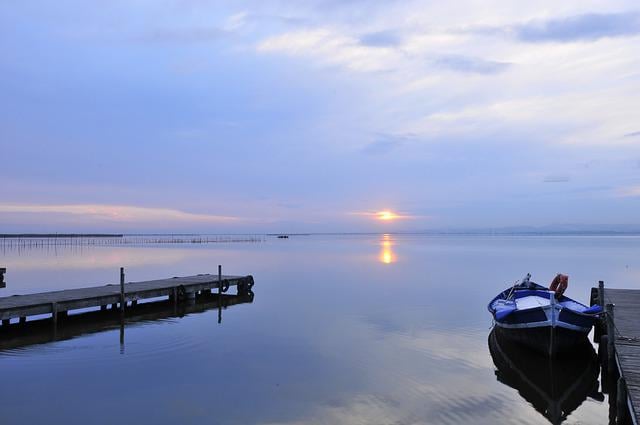
Lagos de Covadonga, Asturias
Lake Enol and Lake Ercina are known collectively as the Lagos de Covadonga. Located up high among the peaks of the Picos de Europa, the backdrop is just as stunning as the lakes themselves. While it’s not advisable to swim, it’s cool enough up here among the glacial lakes to enjoy them from the shore. You can easily stroll around each lake or hike up the Mirador de Entrelagos to see the captivating views of both at the same time.
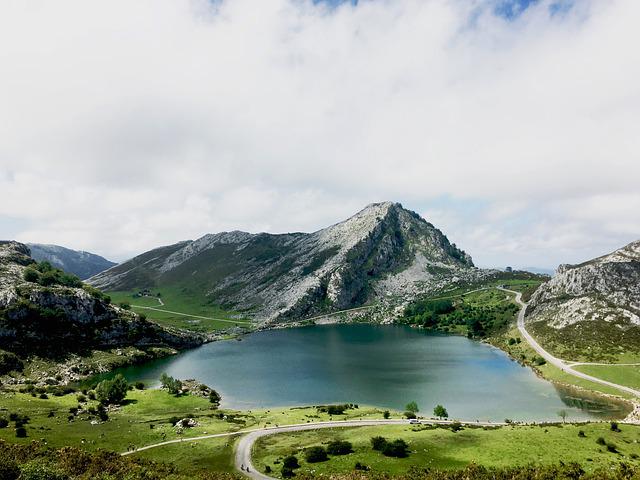
Lago de Panticosa, Aragón
Situated 1.630 metres above sea level in the province of Huesca, the Lago de Panticosa is often surrounded by snowy peaks. In summer it’s open for swimming and the icy meltwater from the Pyrenees is sure to keep you cool. If you’re up for a challenge, there’s a hiking route nearby, taking in a total of 10 different lakes.
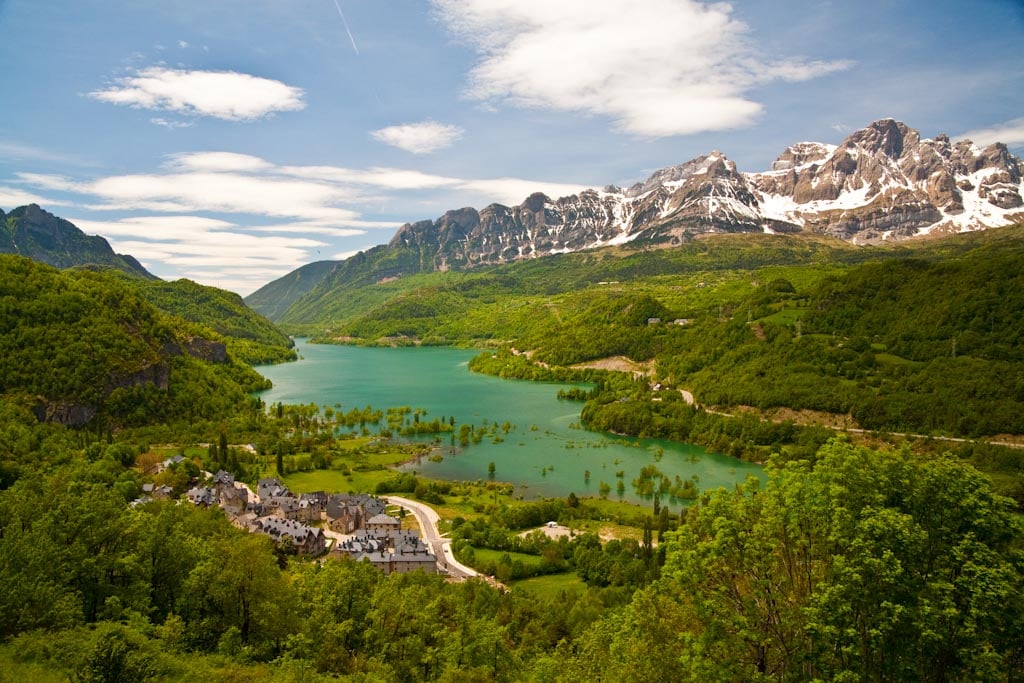
Lago de Sanabria, Castilla y León
Sanabria is the largest freshwater lake in Spain, covering 368 hectares and is located in the province of Zamora. It’s surrounded by lush forests and also has its own beach you can swim from – the Playa de los Enanos. There’s even a campsite on the lake shore, so you can stay overnight and enjoy the cool surroundings of the lake for longer.

Lagunas de Ruidera, Castilla La Mancha
Not just one lake, the Ruidera lakes are in fact a series of 15 lakes, all connected via various waterfalls and streams. Formed by calcium carbonate accumulation over many years, the result has created one of the most amazing lakes in Spain. There are four different itineraries through the natural park that you can explore, either on foot or by bicycle.
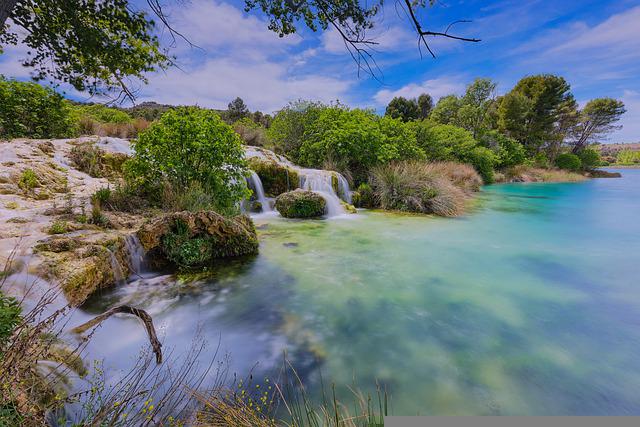
Laguna de Fuente de Piedra, Andalusia
Located in the province of Malaga, the Laguna de Fuente de Piedra sits between emerald green olive groves and golden cereal fields. This lake is a must-visit for nature lovers, home to one of the largest colonies of flamingoes in Spain with over 20,000 pairs. In the summer there are tours offered to go and see them.




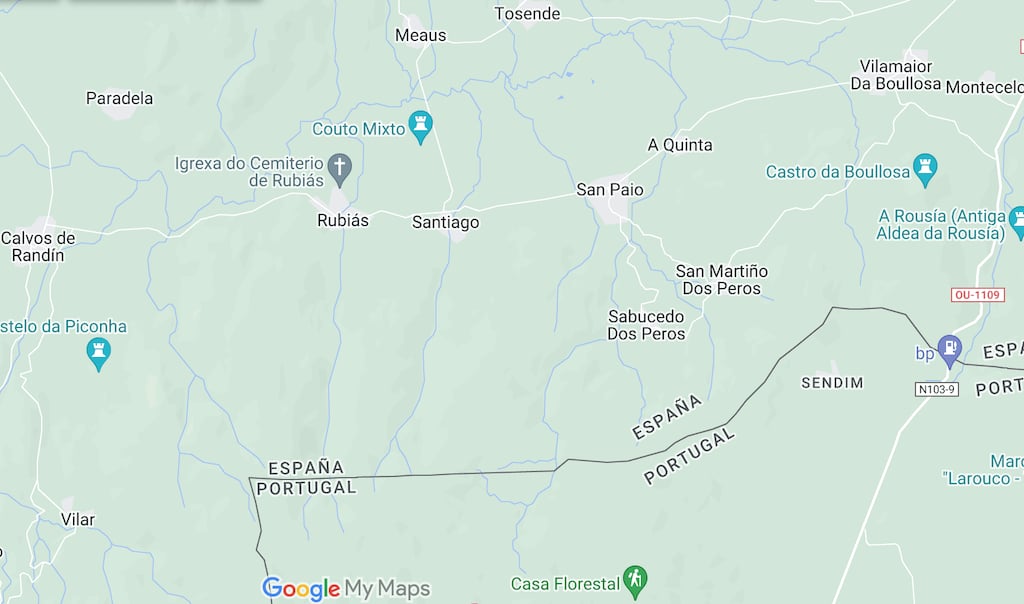
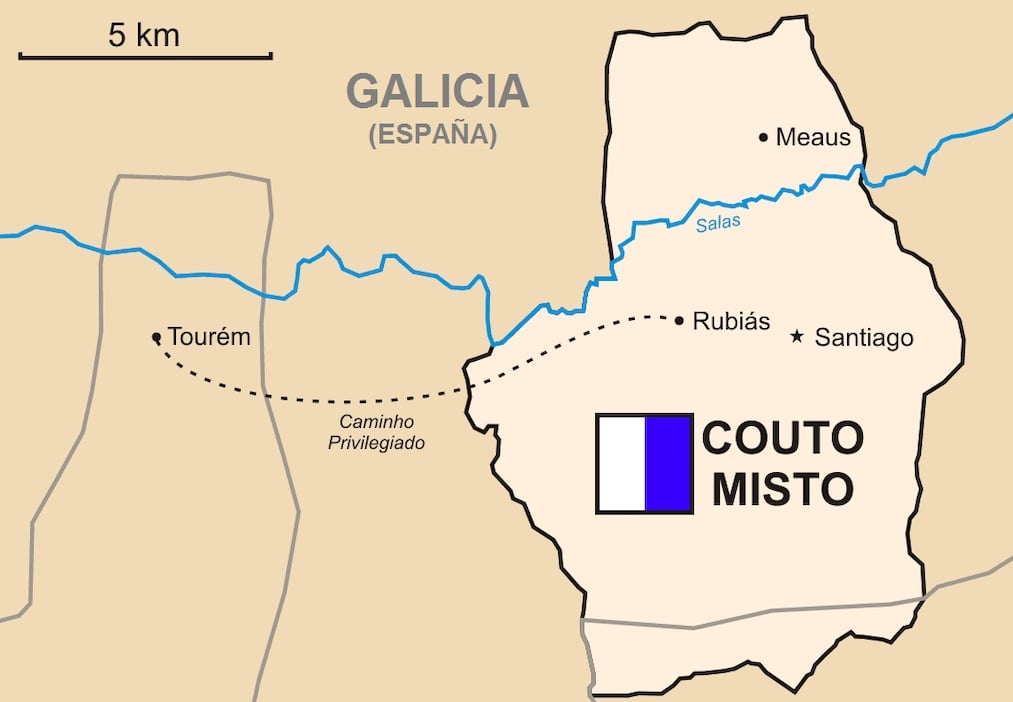
 Please whitelist us to continue reading.
Please whitelist us to continue reading.
Member comments